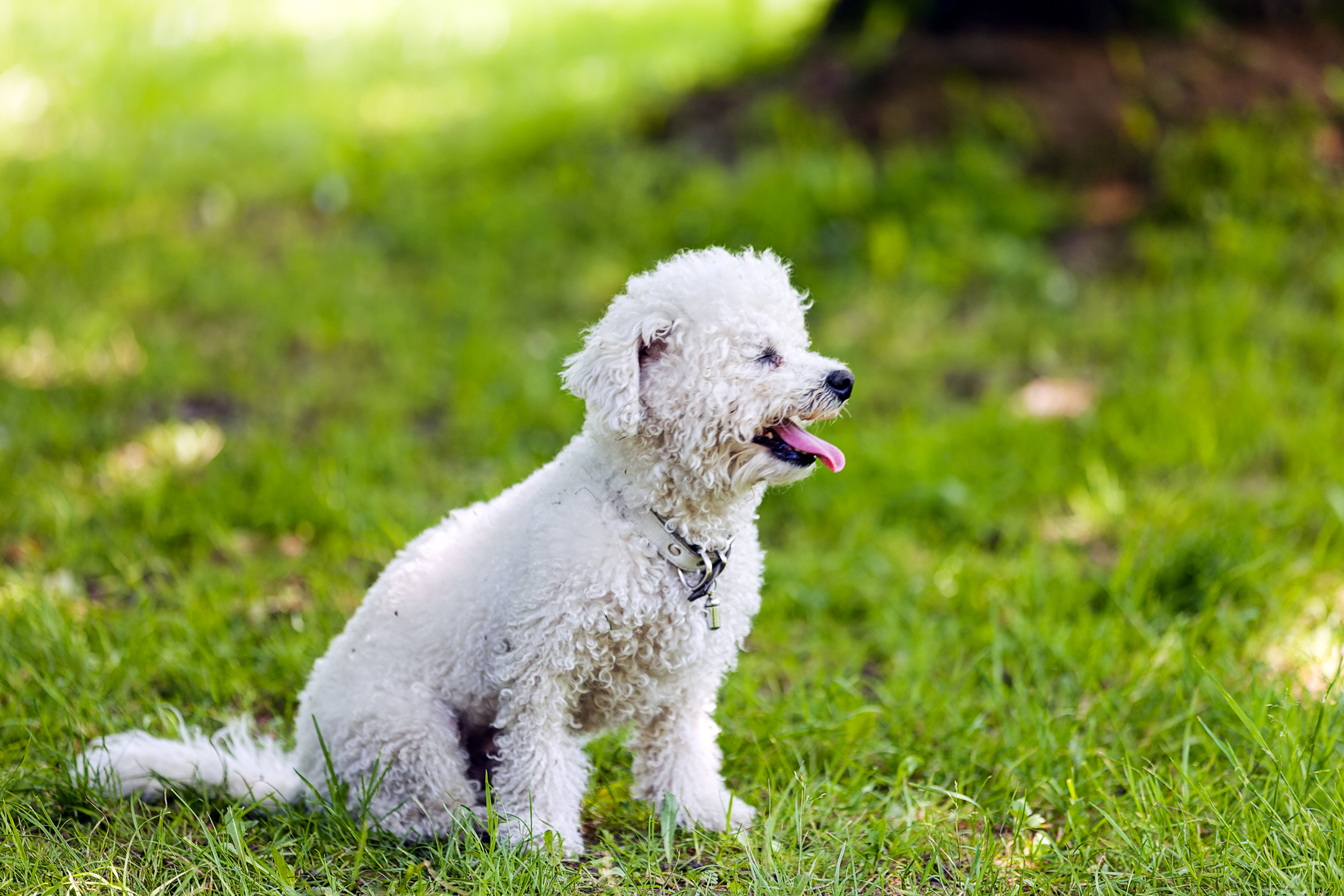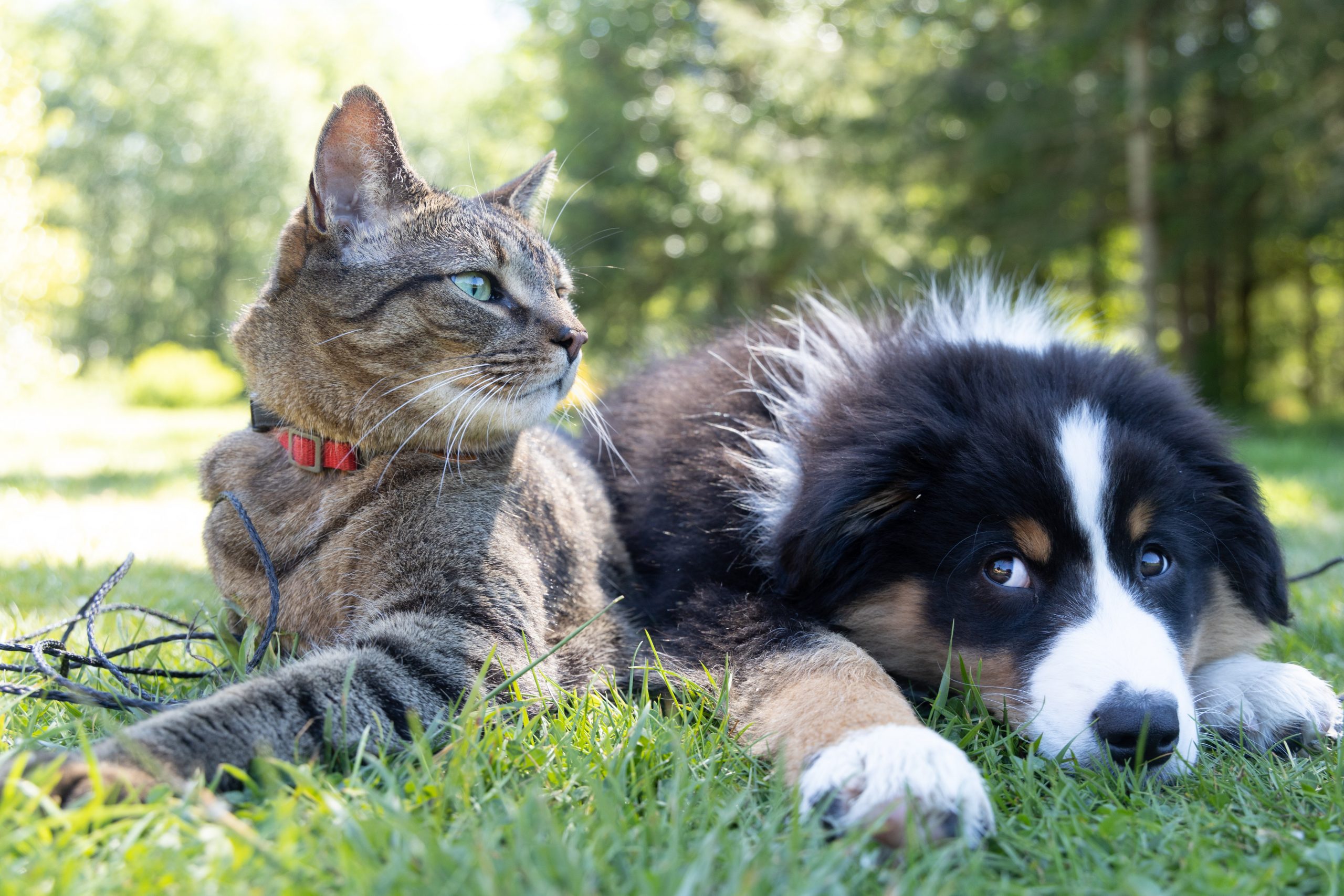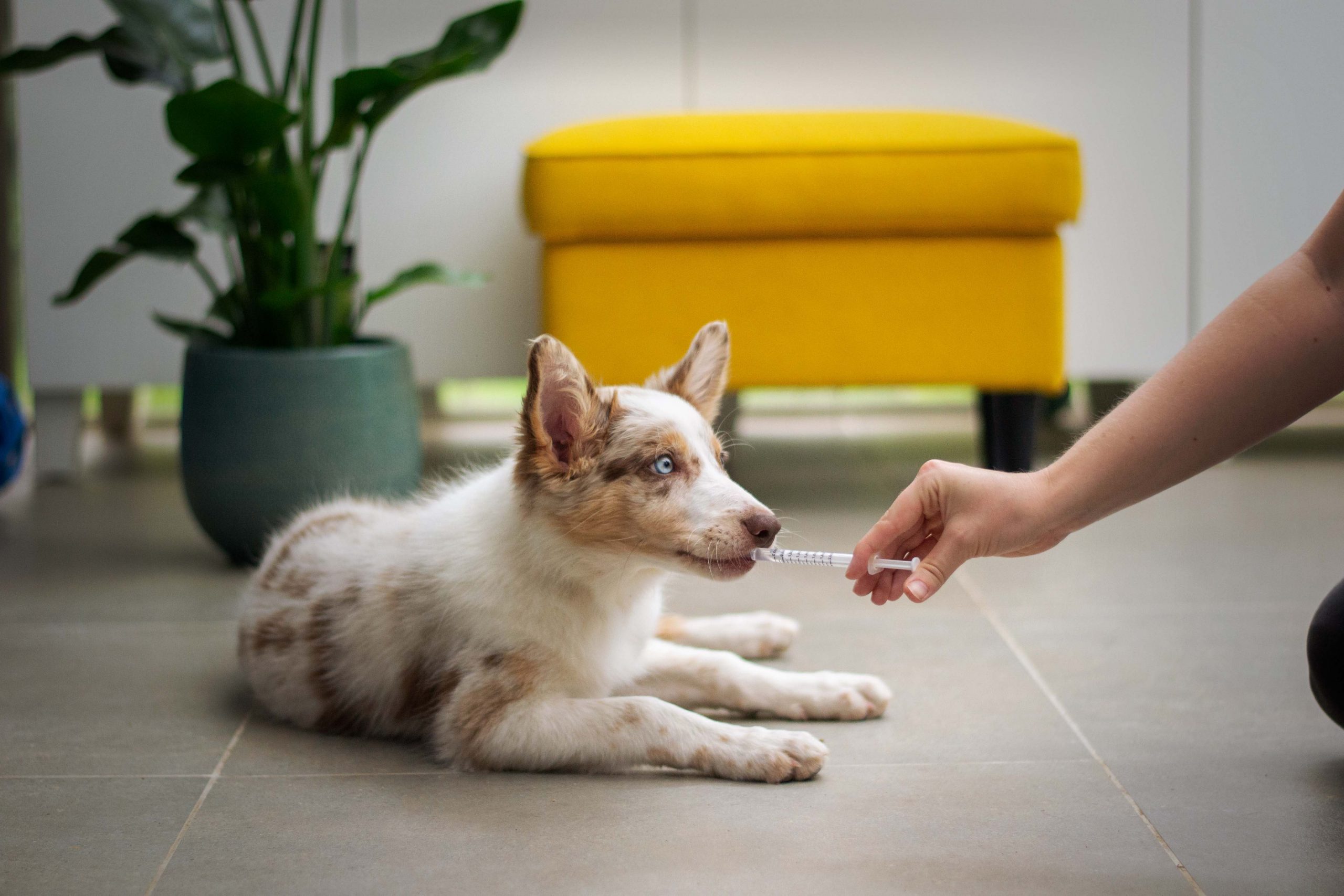Help! My Dog Keeps Getting Hot Spots!

Hot Spots On Dogs. by Kristin Clark, Founder and Editor-in-Chief of Raw Pet Digest. According to the website petinsurance.com, hot spots are one of the most common reasons that people take their dogs to the vet. In fact, hot spots rank fourth in the top 10 reasons to take dogs to the vet! And it’s no wonder—hot spots (or acute moist dermatitis) are irritated, infected, hot, red, moist lesions that are both painful and itchy to your dog. They often grow rapidly, and in many dogs are chronic and cause a lot of discomfort to the dog and stress (and money, in terms of vet bills and treatments) to the owner. How to treat hot spots on dogs. (more…)
Navigating Pet End of Life Care

by Dr. Dani McVety, Founder and CEO of Lap of Love Veterinary Hospice.
There comes a day when every pet parent has to come to terms with their pet’s passing. This unfortunately means making the difficult decision between a “natural death” or humane euthanasia. I imagine just about everyone would like their pet to comfortably crawl into their bed one night, drift off to sleep, and pass away peacefully while sleeping. While many people think this defines a “natural death,” that isn’t necessarily the case—and a natural death does not always guarantee a peaceful death. In Home Pet Euthanasia.
Your Guide to Adopting a Dog or Cat

By Alex Eaton, owner of Healing Bay Pet Nutrition.
Adopting a Dog or Cat. Congratulations! You have made the wonderful decision to adopt a furry family member. It’s an exciting feeling, but figuring out the next steps can be a little daunting — especially for those new to pet parenting. Whether you’re adopting a new fluffy puppy or a senior kitty, here are some important tips and tricks you need to know to build a strong relationship with your new pet — and ensure they have proper care from the moment they arrive home.
Stay Vigilant – Protect your Pet from Summer Pests!

by Cyndie Anderson, owner of Pooch Pros Pet Care Services.
Summer means hotter temps, longer days and of course BUGS! Yes, lots of them. Even though we’re still in spring, it’s crucial that you begin thinking about protecting your pets from pesky seasonal pests (try saying that five times fast!). There are several different kinds to be concerned with but luckily – various ways to protect your dog or cat from the risks! (more…)
Everything You Need in Your Pup’s First Aid Kit

by Katherine Porter, Owner of Four Paws & You Dog Training LLC.
The summer holiday is just around the corner. and tis’ the season for visits from friends and family—especially the four-legged kind too.
While no one can anticipate an emergency situation, you can be prepared in advance. If you’re traveling anywhere—from only a few minutes away to hours in the car—a first aid kit can be a lifesaver for humans and furry family alike.

